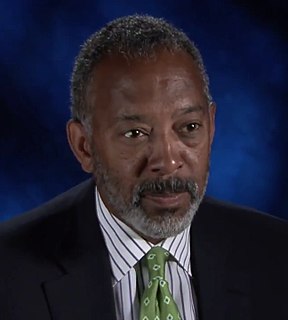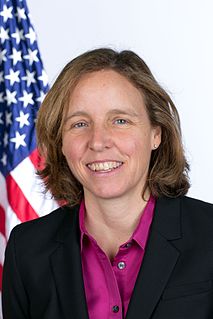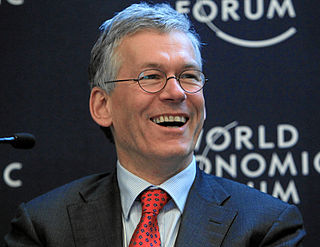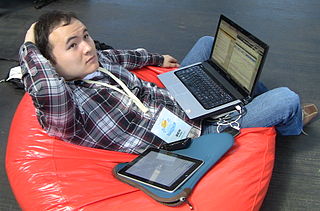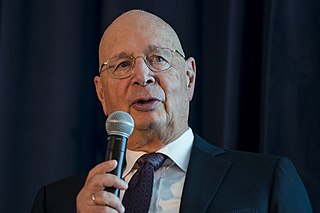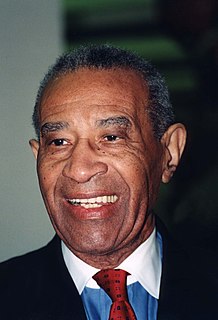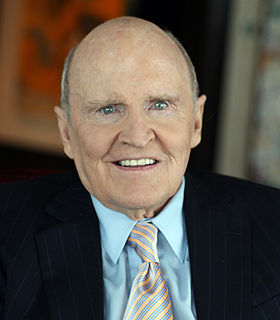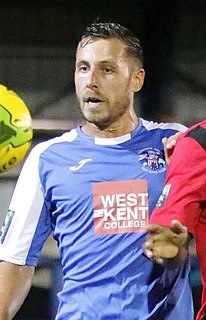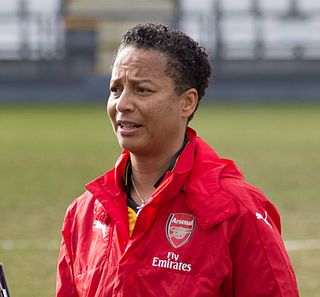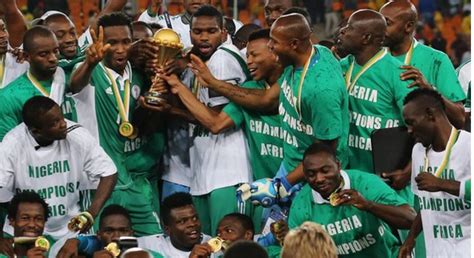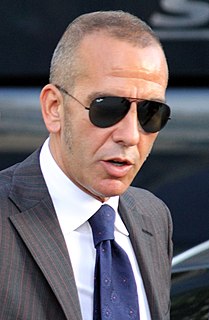A Quote by David Livermore
The better you work to find the pain point and problem facing a diversity of users, the more clearly you can DEFINE the goal when you implement the process for culturally intelligent innovation.
Related Quotes
Tech companies like to set stretch goals, like we'll try to be the best company for women and minorities, and we have to ask, "What does that really mean?" By setting a goal like that, it makes all of us pay attention to that idea and try to innovate around it, to understand the underpinnings. One piece is being transparent, saying "Hey, we have an issue, we're open to innovation on it." It's important for innovation to prove that more diversity makes better products.
Europe has grown to 27 member states, encompassing an amazing diversity and richness. Some argue this is part of the problem: Europe is simply too big and culturally disparate to be managed properly. But look to India for an example of how social unity can be forged within a culturally, linguistically, and ethnically complex nation.
The two most important forms of diversity when it comes to innovation are visible diversity (typically skin color, age, gender, etc.) and underrepresentation (anytime someone is less than 15% of the majority group). Other forms of diversity are also relevant but these are the ones that psychologically play the most role in how someone engages with the innovative process.
Innovation is not a big breakthrough invention every time. Innovation is a constant thing. But if you don't have an innovative company [team], coming to work everyday to find a better way, you don't have a company[team]. You're getting ready to die on the vine. You're always looking for the next innovation, the next niche, the next product improvement, the next service improvement. But always trying to get better.

